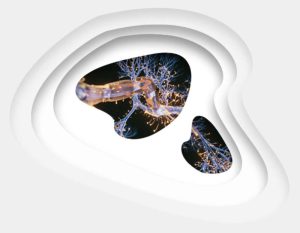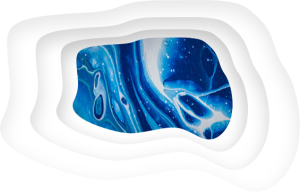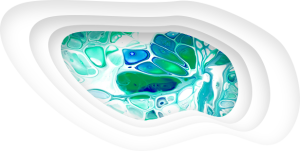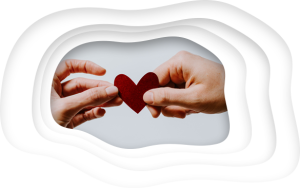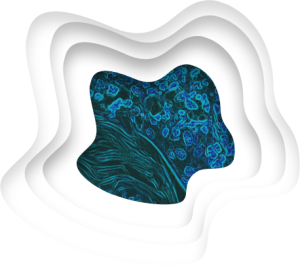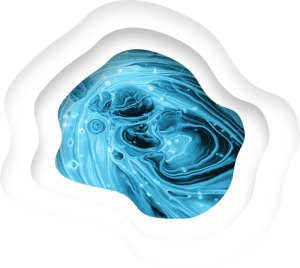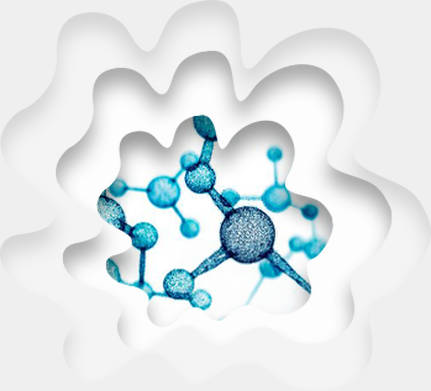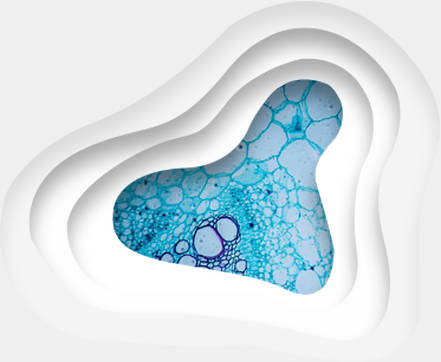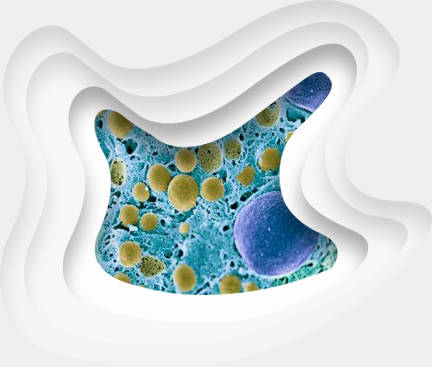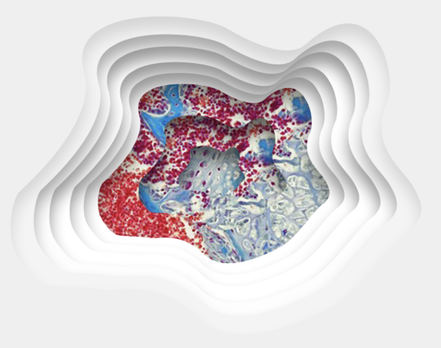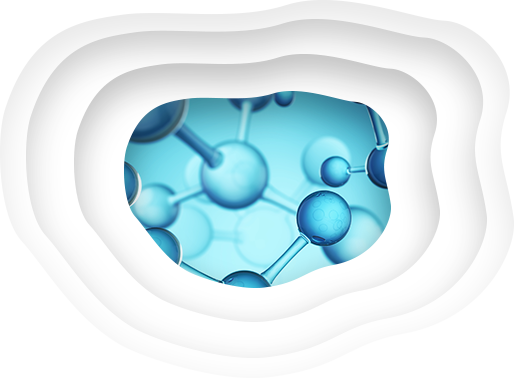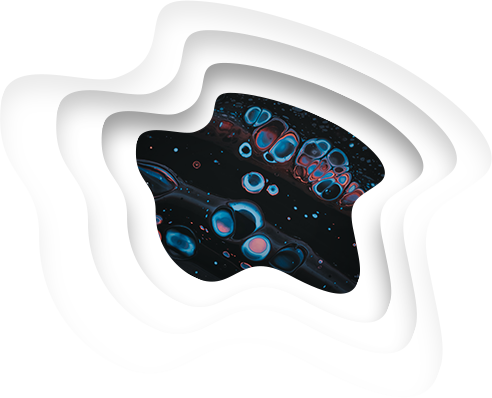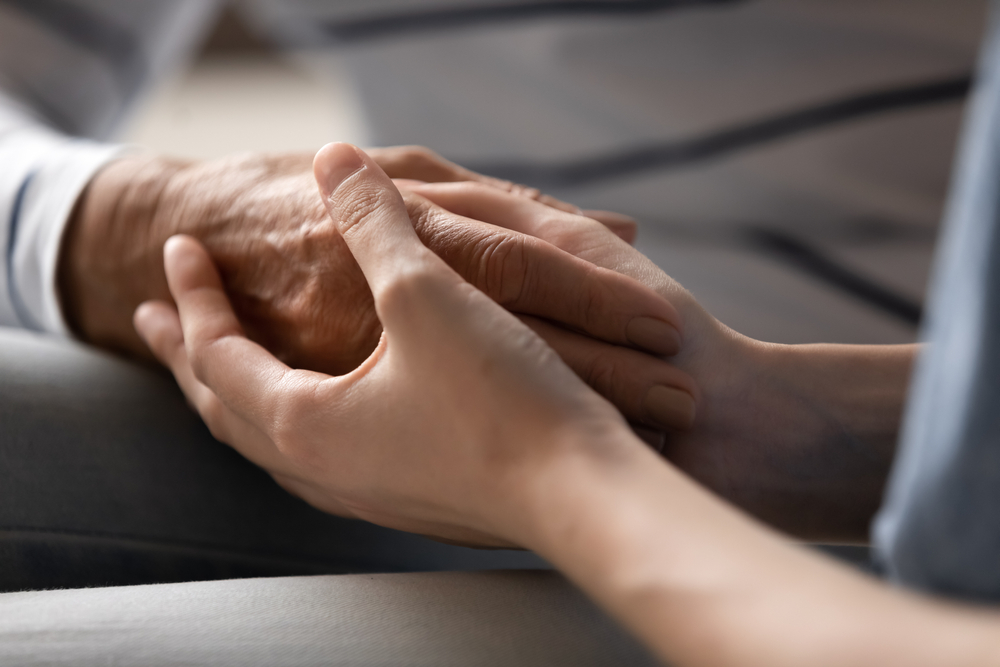The blog below is written by our beloved Shama Buch, VP Medical and Scientific Services, who has been with us for over seven years. As a medical professional, working full time and living as a caregiver, her poignant words teach us invaluable lessons.
I have often heard people speak of death as the end of a tortuous period of illness. It is better if the person dies; there is no point in keeping them alive, and hence it’s better if the caregiver takes a fatalistic attitude of granting release by not prolonging life. As with everything in the universe, the path that we choose often takes us through unexplained mysterious turns. I have found myself in the unenviable position of watching death sneak up slowly and steadfastly as a welcome relief for several family members. It’s a slow process, and I’ve watched it take its time—one small step on a long and arduous journey from a terminal condition till the end.
Primary caregivers come from a variety of educational backgrounds, economic capabilities, and responsibilities. However, almost all of us face the same dilemma; we are (mostly) facing it for the first time, hence we really don’t know what we are doing. We work through the dilemma of whether to send a loved one to a hospital/hospice and are bombarded with so many uncertain diagnoses and therapies that it all merges into a blur. When my sister died eight months after her cancer went metastatic, I lived in a fog, just going from one challenging moment to the other, unaware of what to expect next. She had a rare cancer and not many knew what to do. Being India-based, the experts who were helping us from other countries, helped, but long- distance care in a terminal case has its own challenges.
She refused to go to a hospital or a hospice. I don’t remember thinking consciously about what I should do next. I only remember reaching a point when I knew we had to focus on comfort and not on cure, and on the last weeks or months and not on side effects for the future.
But what I do remember starkly is the absence of much-needed information to help me navigate the needs of her last days. Dying is work. There is much to be done. It isn’t evocative music and the last gasp accompanied with a soulful look. It is pain. It is balancing the physiology of a human body that is breaking down. It’s focusing on comfort and the struggle of not being able to administer it. It is putting aside your feelings and doing what you can because you love this person you are looking after. It’s telling yourself that now is not the time to address your frustrations of not knowing enough and of not having enough information to deal with every crisis that hits you. When it’s all over, there will be time to think and process how you didn’t feel adequately equipped to deal with the situation.
However, you may argue that information is the one thing that we have found a solution for. In this day and age, we should not have to wonder if each new symptom that your loved one shows on their journey has been studied and explained. Being a scientifically trained person, immersed in medical communication, I would agree. But the challenge is not the absence of information, rather how the information is extremely difficult to access for an exhausted, emotionally wrung out primary caregiver. What I miss are the simple instructions I need to look after my loved one as a daughter, as a sister, as a caregiver. I miss the clarity of information that only comes when someone has been through what you have and can guide you. I miss another caregiver writing about even treatment options from the perspective of a patient and not a physician.
It is ironic that I in my current professional position, speak about a paucity of accessible, comprehensible information on medical conditions. But precisely that access to clinical study material has provided me with a greater perspective of how important quality of life studies, patient surveys, and caregiver real-world experience reports are and how economics impacts health care decisions. It has also fundamentally tempered the way in which I view data, and how it is made usable and actionable for the caregiver by accurate presentation and emphasis on key messages. Therefore, there is an intense and urgent need for patient- and caregiver-focused communication.
At the end of it, for millions of us who are fighting this physically and emotionally fraught battle with their loved ones daily, the end goal is the same—to be supported to take the decisions most suited to the patient’s comfort, to learn from people who have done something like this before, and when the time comes, to be able to look back and say, “I tried more than my best and that I had the best advice anyone could ever have.”
There are lessons we at Cactus Life Sciences will work toward as we honor all the caregivers who strive to give the people they love the best care possible:
- Caregivers need to be educated about diseases, areas of research, as well as other potential alternative choices
- Caregivers need a community of HCPs, patients, and others going through the same situation to have an open forum
- Caregivers need to feel empowered to honor their loved ones by their informed decisions
Share this post
About the author

Shama Buch
Shama Buch is Vice President, Medical and Scientific Services, at Cactus Life Sciences.

